Find a book

A Book a Month
We can send a book a month for six or twelve months - the perfect gift. More »

Café Music
Listen to our album of Café Music while browsing the site. More »

A parallel in pictures to the world of Persephone Books.
To subscribe, enter your email address below and click 'Subscribe'.
1 October 2019
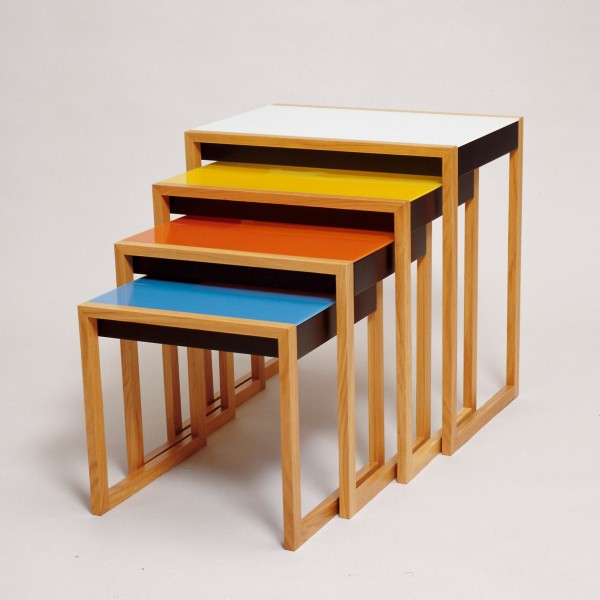
The Albers Nesting Tables 1926-7 are in one sense quite different from the Larsson aesthetic but the colours are reminiscent, as is the imagery of the nursery ie. of domestic life.
30 September 2019

It’s slightly counter-intuitive to see the Larssons’ aesthetic as an influence on the Bauhaus (which celebrates its hundredth anniversary this year). But look, for example, at Marcel Breuer’s famous chair, designed thirty years after Karin’s rocking chair – surely it was influenced by it?
27 September 2019
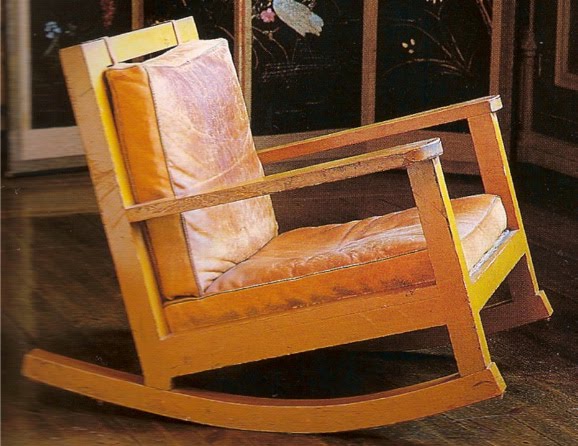
This rocking chair was designed by Karin in 1906. It was painted a strong red, probably the same as the sofa (cf. Tuesday’s Post) and has become yellow with age. Next week on the Post, Bauhaus design: obviously influenced by the Larssons but with generally more muted colours and without the domestic imagery (for example a Bauhaus rocking chair would not have cushions because they would spoil the aesthetic purity; but in real family life cushions are a necessity).
26 September 2019
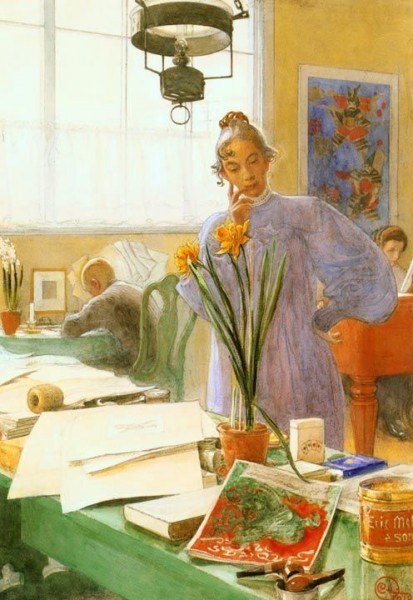
And here is Karin, painted by Carl, hard at work.
25 September 2019
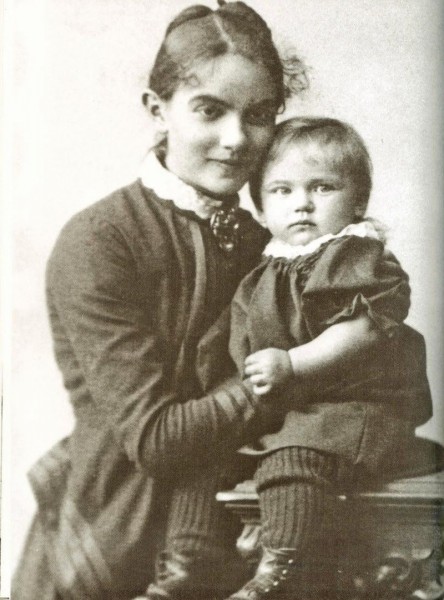
Karin Larsson had seven children (one died as a baby).. This photograph is undated but might be of the eldest Suzanne, born in 1884.
24 September 2019
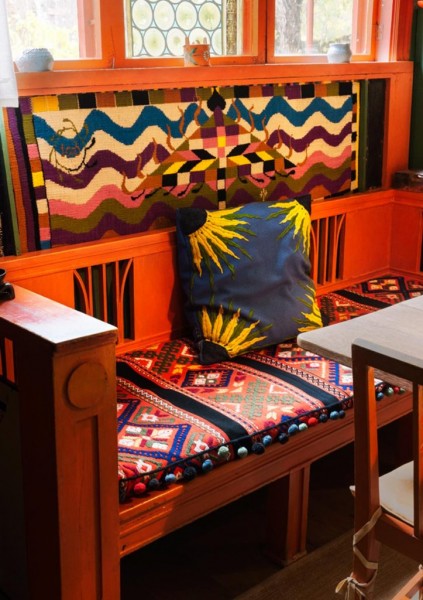
‘Karin was Carl Larsson’s muse. So thoughtful and quiet, he portrayed her as his idol, forever young. She was, in fact, hard-working, hard headed and highly creative. Carl relied upon her as a critic of his work. She trained as a painter at the Academy of Fine Arts in Stockholm and Paris. After the birth of Suzanne in 1884 she turned her artistry to decorating the home, especially to weaving and embroidery. She also designed furniture and her own and her children’s clothes. Her most creative period was between 1900 and 1910. Karin’s textiles were absolutely original. Pre-modern in character they introduced a new abstract style in tapestry. Her bold compositions were executed in vibrant colours; her embroidery frequently used stylised plants. In black and white linen she reinterpreted Japanese motifs. Technically adventurous, she explored folk techniques and experimented with others. At Sundborn the Larssons developed an aesthetic partnership. The colours of the interior seem to have been jointly decided. Their combined contributions created a perfect whole” (adapted from the V and A book p. 169). The ‘Sunflower’ cushion dates from 1905 and was designed for the centre of the dining room sofa.
23 September 2019
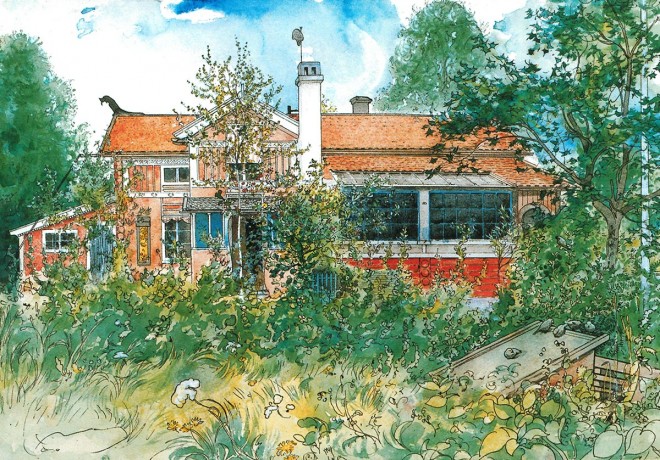
The other day in the office Carl Larsson was mentioned and Lydia and Rosie looked a bit blank. Even though he was on the Post in May of last year (the 14th-18th). This lacuna must be remedied! On the Post this week – Karin Larsson. She was a painter in her own right, a huge influence on and supporter of her husband Carl. Nowadays in fact it is she who is credited with creating ‘the Swedish style’ – and all of her painting and decorating and ‘styling’ (but of course her style was instinctive) happened while bringing up the children and running the house, the famous house Lilla Hyttnas at Sundborn which is now open to the public (cf. the website here). It was given to them in 1888 as a summer house and became their permanent home in 1901. ‘The old plain house was turned into an elaborately designed and decorated summer retreat redolent of the virtuous (and pre-industrial) Swedish past, its style combining elements of folk and “Viking” design with the more elegant Gustavian taste of the late eighteenth century while also being completely modern. But Lilla Hyttnas was more than just architecture and decoration, it was a whole way of life, informal and family centred… After the publication of the Ett hem (A Home) watercolours the Larssons’ vision of summer came to be adopted by the whole of Sweden’ (p. 3 Carl and Karin Larsson published by the V & A in 1997 to coincide with a Larsson exhibition).
